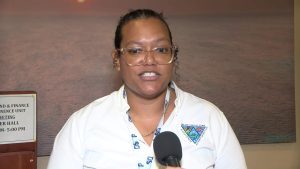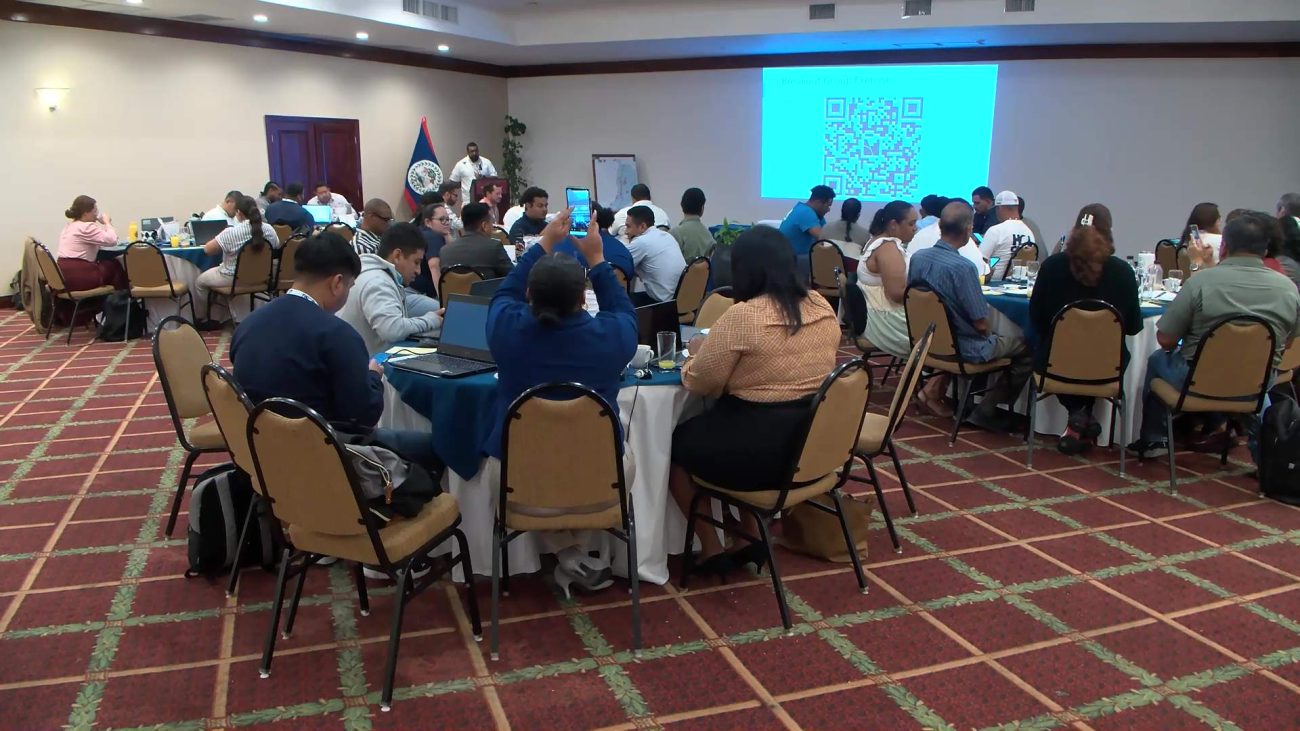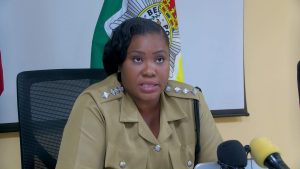3rd Marxan Workshop Focuses on Next Steps for Marine Protection
Belize is making a major push to safeguard its marine resources. This week, stakeholders in the Belize Sustainable Ocean Plan unveiled early results from a Marxan analysis, which uses mapping technology to identify potential new Biodiversity Protection Zones. The goal is to protect thirty percent of Belize’s waters, with half designated as high-protection zones. Organizations like the Nature Conservancy and WWF joined the workshop, providing input on how the plan should take shape. Organizers said that the effort combines data-driven science with the voices of local communities. We asked the Process Lead at the Coastal Zone Management Authority and Institute about the biggest challenges in reaching that 30 percent target.

Samir Rosado
Samir Rosado, MSP Process Lead, CZMAI
“ Reaching a 30% will definitely be a challenge. In that there are a lot of objectives for the ocean space. And by and large to reach this target, we have to designate more no take zones. And so there’s implications for that. I believe that the conversations that need to be had, you know, will be the most difficult part. Justifying it, presenting to communities, the science behind it, but as well marrying that with the opinions and the perspectives of the people who live and work in these areas every day of their lives.”

Janel McNab
Janel McNab, MSP Coordinator, CZMAI
“ So with this, we are looking at two things. We are looking at data from the scientific communities and we’re also looking at information from persons that are in the ground on the daily basis. So our ground stakeholders and how they use the areas. We’re meshing these two together to make sure we’re having priority areas not allocated for high protection zone, but also we need areas for nursery grounds so we could have, you know, that balance between people use and data use.”






Facebook Comments